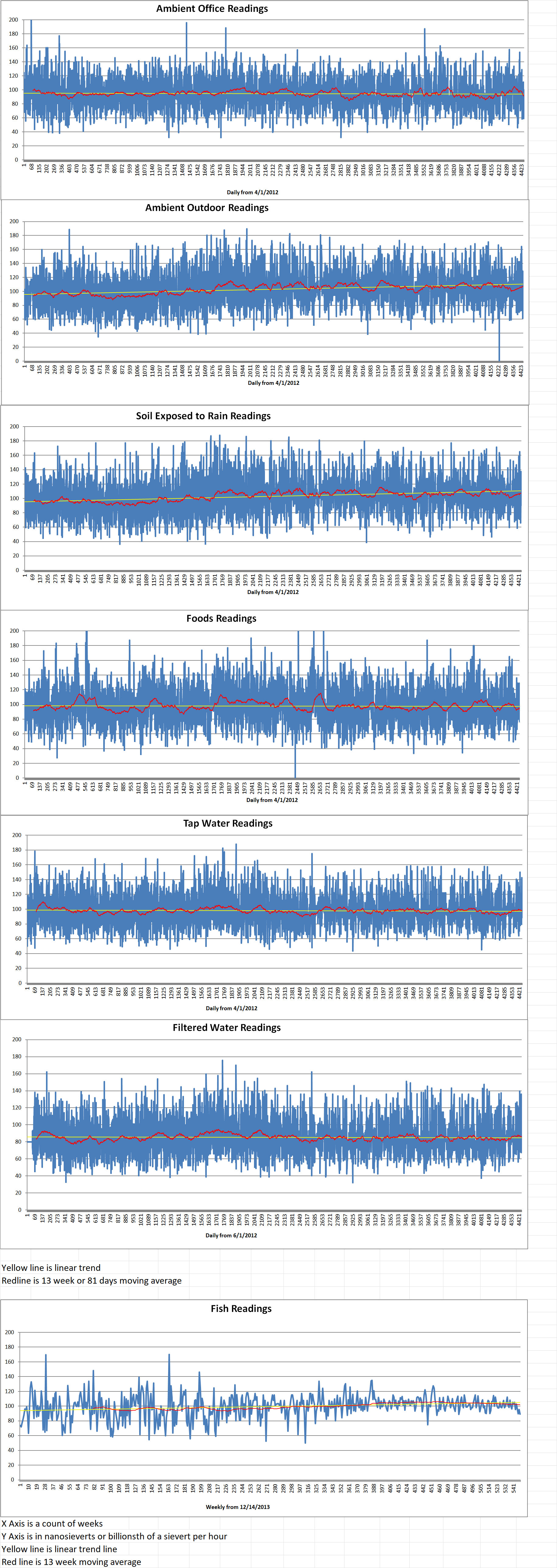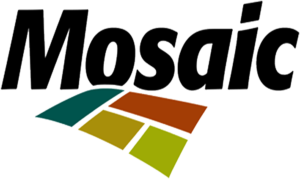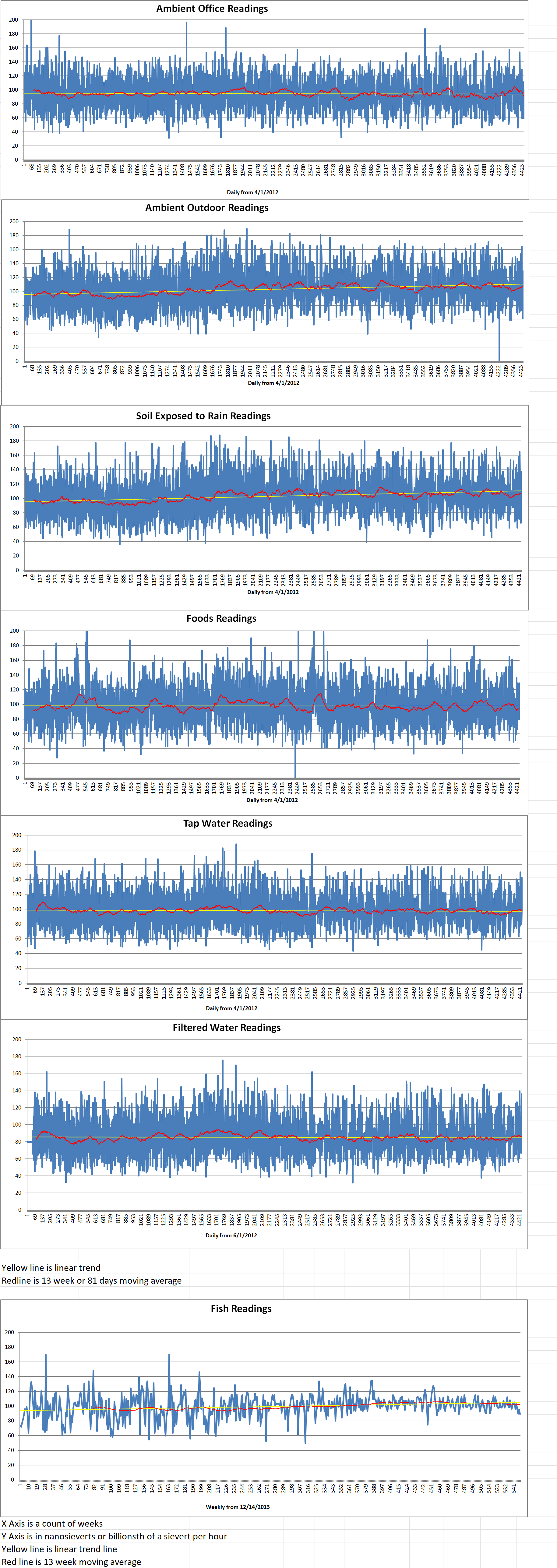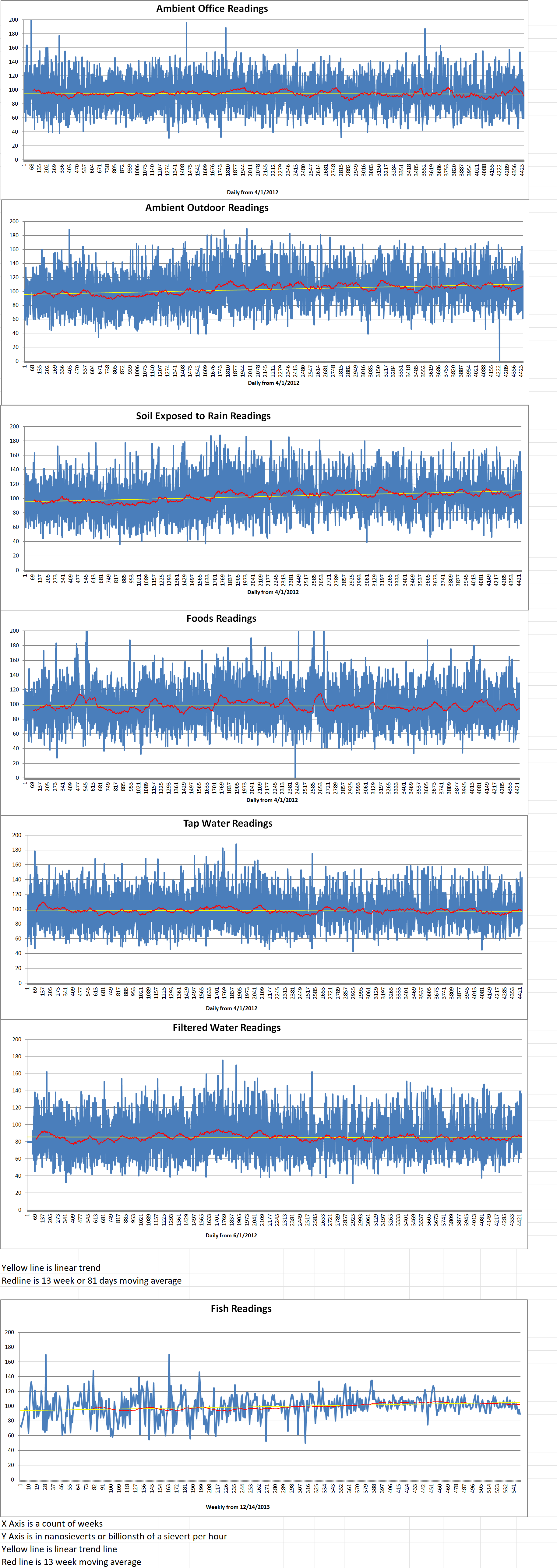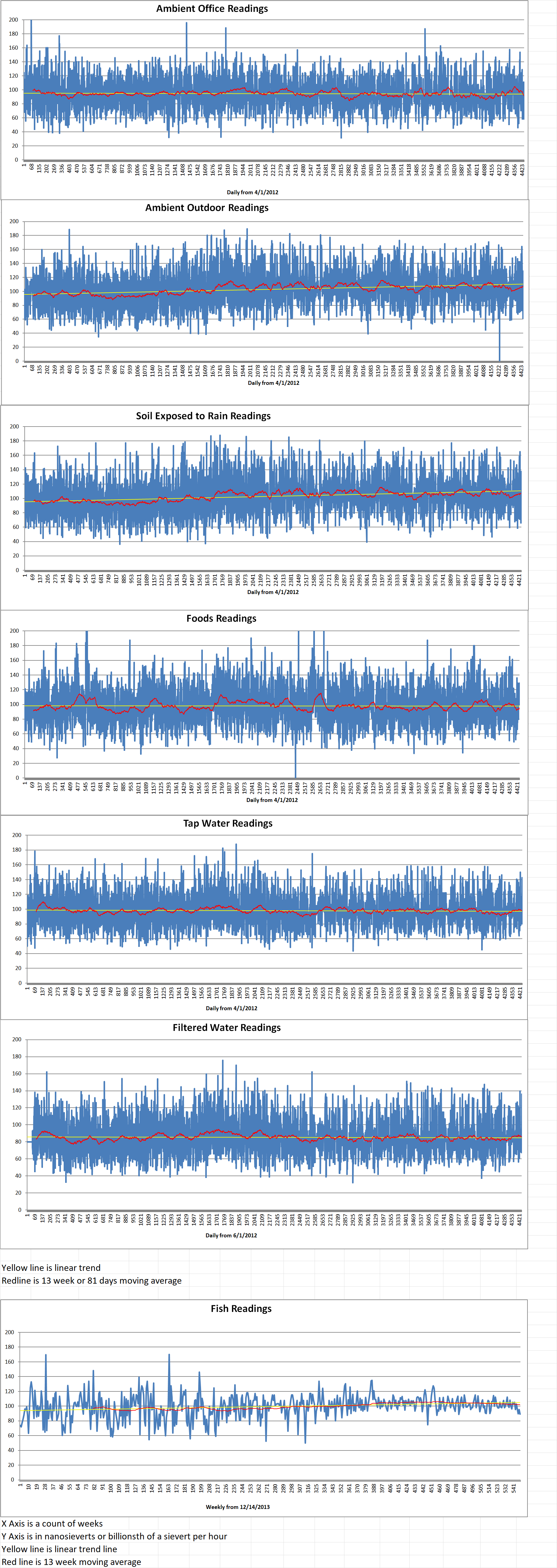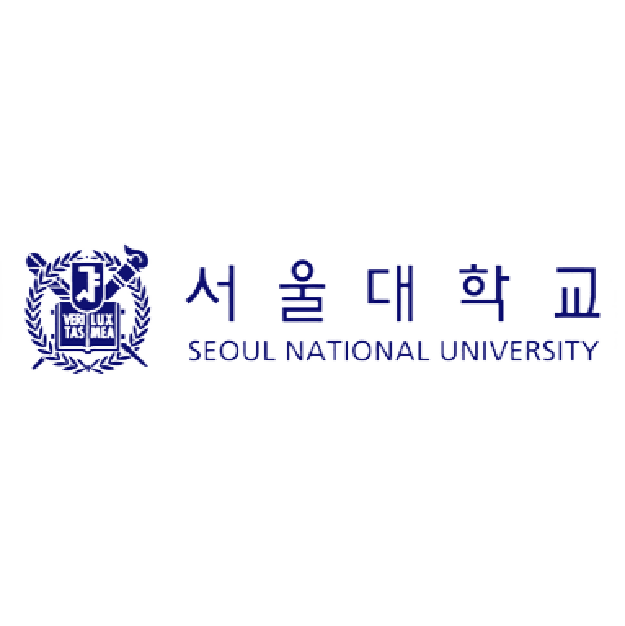A research team has just clarified the process behind the generation of runaway electrons during the startup phase of a tokamak fusion reactor. The paper is titled Binary Nature of Collisions Facilitates Runaway Electron Generation in Weakly Ionized Plasmas. It was published in the journal Physical Review Letters.
Nuclear fusion energy refers to a power generation method that harnesses the energy of a process that attempts to replicate the fusion process that powers our sun and other stars, using resources extracted from seawater. To achieve this, technology capable of confining high-temperature plasma exceeding 100 million degrees Celsius under extreme pressure for extended periods in a fusion reactor is essential.
A tokamak is an artificial sun system in the shape of a torus, with no beginning or end, where magnetic fields are applied to confine particles.
To initiate nuclear fusion reactions within a tokamak, high-temperature plasma must first be generated, a process known as “startup.” The startup process requires a strong electric field, similar to the principle of lightning, but this electric field also leads to the generation of “runaway electrons.”
Runaway electrons are high-energy electrons that receive continuous acceleration from the electric field, becoming so fast that their acceleration is unstoppable. These electrons hinder plasma formation by taking it off externally applied energy and can damage the device, making them one of the critical challenges that must be resolved for successful nuclear fusion.
Therefore, accurately predicting the formation of runaway electrons is essential for the commercialization of tokamak reactors.
Runaway electron generation rate as a function of ionization degree. Credit: Seoul National University College of Engineering
Through collaborative research with the Max-Planck Institute for Plasmaphysik and ITER (International Thermonuclear Experimental Reactor) International Organization, Seoul National University’s Professor Yong-su Na (corresponding author) and Ph. D. student Lee (first author) discovered that existing theories fail to adequately explain this phenomenon.
They generalized a kinetic theory to identify a novel mechanism for the generation of runaway electrons, addressing a theoretical bottleneck in the design of start-up processes for ITER and commercial fusion reactors.
The research team found that the formation of runaway electrons during startup has a binary nature, determined by whether inelastic interactions with individual neutral particles occur. Electrons that avoid inelastic interactions with neutral particles significantly contribute to the formation of runaway electrons.
To elucidate this, they generalized the theory of electron kinetics and demonstrated the mechanism that classical theory failed to capture.
The results of this study are expected to be applied not only to the startup design of Korea’s demonstration and commercial reactors but also to ITER, a collaborative project involving South Korea, the European Union, the United States, Japan, Russia, China, and India.
National University of Seoul

